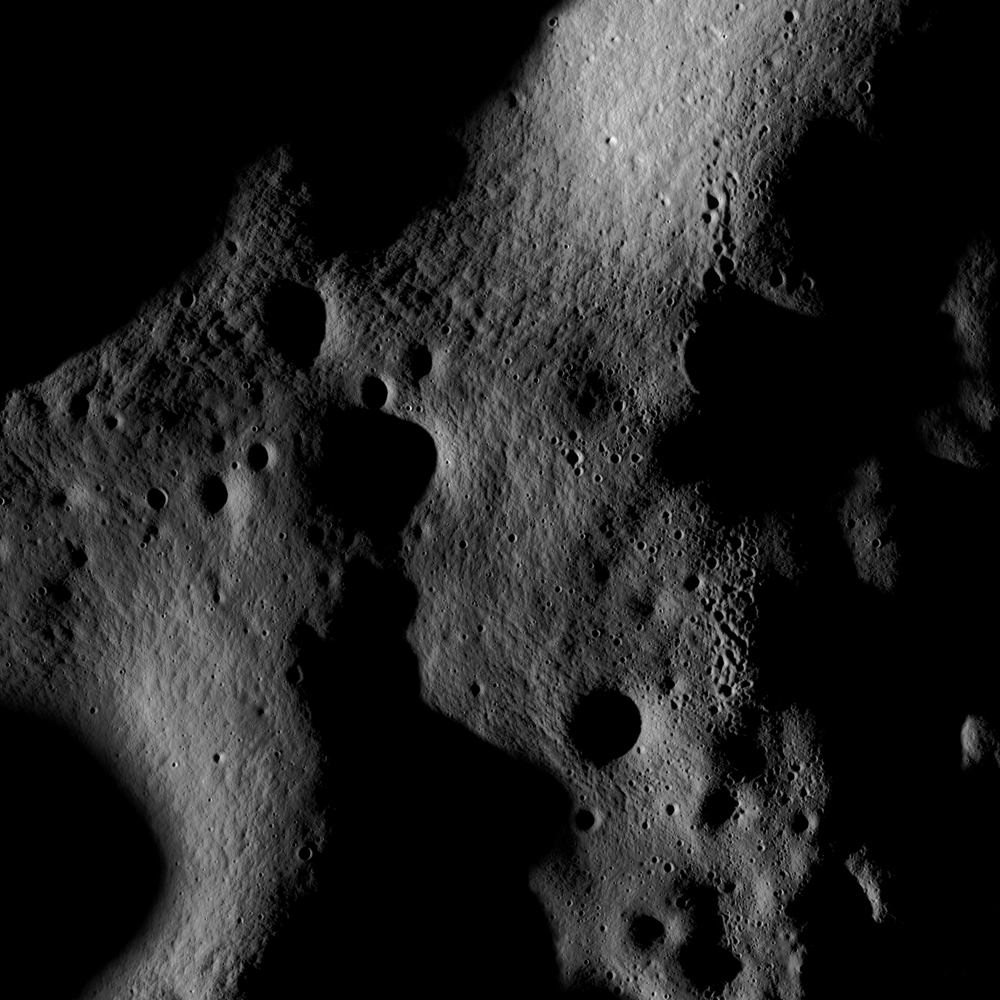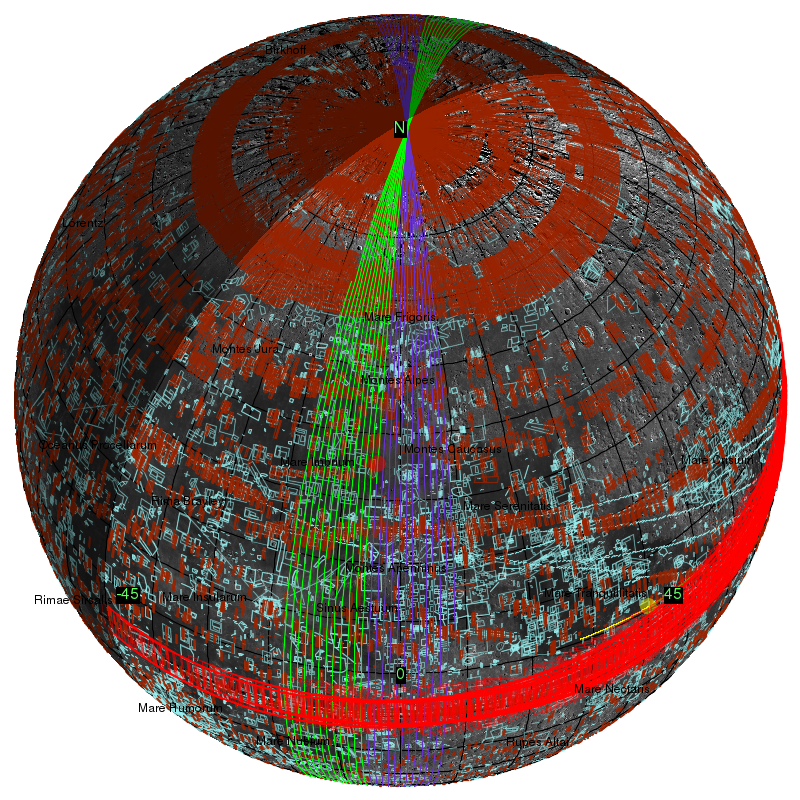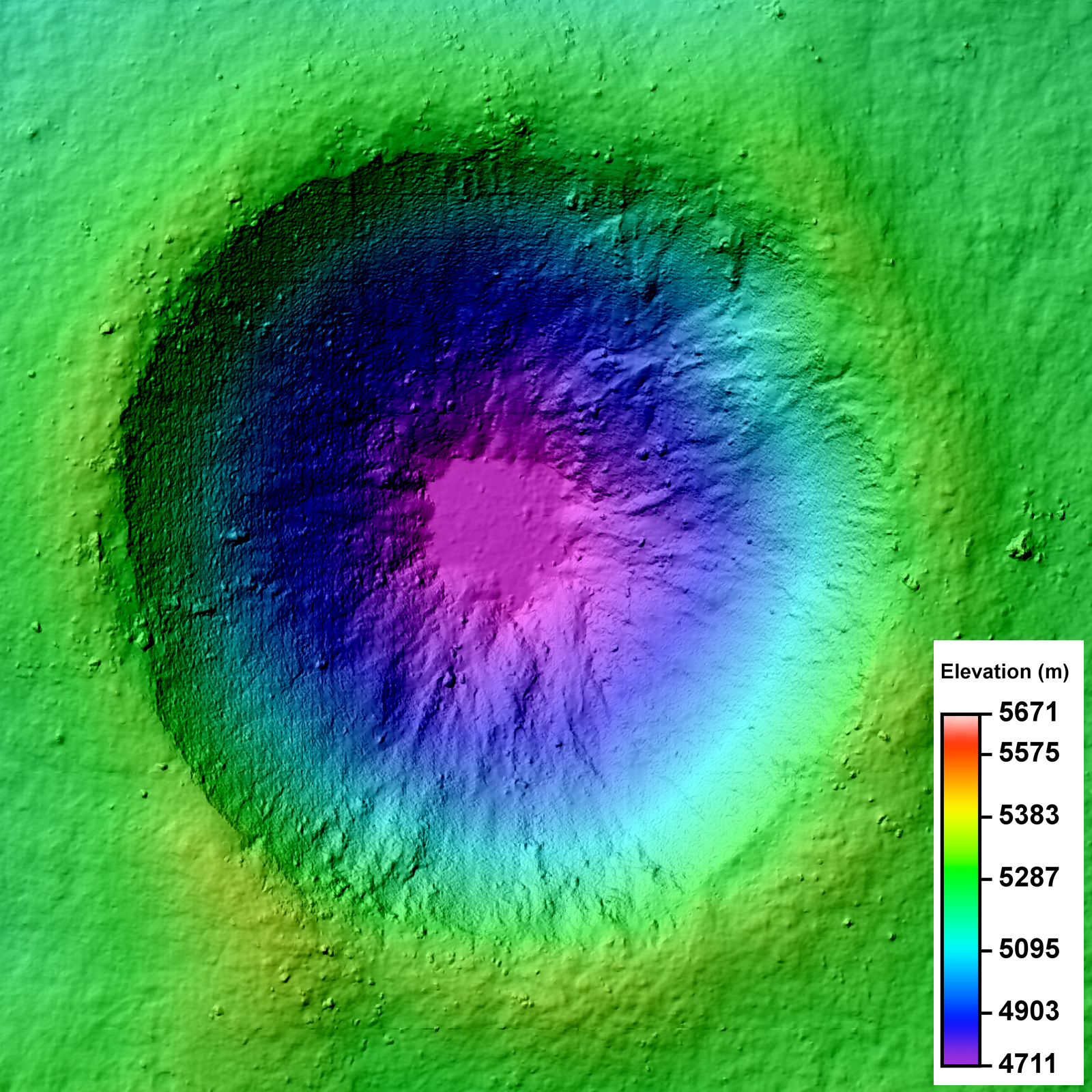

NPFe is formed through both solar wind weathering and micrometeoroid bombardment, while MPFe is primarily attributed to micrometeoroid bombardment (Keller & Clemett, 2001).

The interaction of solar wind particles and micrometeoroids with the lunar surface is called “space weathering.” One result of space weathering is the creation of nanophase (100-nm diameter) iron (NPFe and MPFe, respectively) particles on the rims of the individual regolith grains that are impacted (e.g., Noble et al., 2001 Noble et al., 2007). The study of lunar crater rays can therefore provide insight into the impact cratering process and the evolution of regolith over time as the surface is bombarded by the solar wind and micrometeoroids. These compositional rays can remain even after the ejected material becomes mature due to the higher albedo of mature highlands material compared with mature mare material. Compositional rays, however, occur due to the difference in albedo between ejected highlands material and the nearby mare material it is emplaced on. Over time, the rays become darker and more weathered until they blend in with the background regolith. This “fresh” material is generally brighter than the weathered surface at visible wavelengths, causing the high albedo rays to stand out from the background regolith. Immaturity rays are formed when an impactor ejects fresh, unweathered material from the subsurface and emplaces the material over older, weathered regolith. ( 2004): (1) “immaturity” rays and (2) “compositional” rays.

There are two types of crater rays that have been identified by Hawke et al. This supports previous findings that suggested that their rays are not immature but are visible because they contain higher-reflectance highlands material that stands out against the lower-reflectance maria.Ĭrater rays are observed across the lunar surface, extending radially in high-reflectance filaments for hundreds of kilometers away from large impact craters. We also find that two large rayed craters in the lunar maria, Copernicus and Aristillus, have similar properties to mature highlands material. We hypothesize that the glassy material is more absorbent in the FUV than the nonmelted material and that this increase in absorption causes the darkening observed by LAMP. Some of the young craters are surrounded by dark halos, which are interpreted to be caused by a greater modal abundance of impact melted glassy material. We find that rays from young lunar craters have properties consistent with a lack of these space weathering products and then use these properties to estimate the age of Jackson crater. The LAMP instrument is useful in studying young craters because its wavelength range (the far-ultraviolet 100–200 nm) is sensitive to space weathering products that darken the lunar surface over time.

Using data from the Lyman Alpha Mapping Project (LAMP) instrument onboard the Lunar Reconnaissance Orbiter (LRO), we analyze young rayed craters on the Moon. This supports previous findings that determined that the rays from these craters are composed of highlands material excavated from beneath the maria and subsequently weathered to maturity. We also find that ejecta blankets from large maria craters (e.g., Copernicus and Aristillus) have a similar Off/On ratio to the mature background highlands. The lower Off/On ratio is likely due to the increased glass component of the regolith at these highlands regions, which would act to increase absorption at Off-band wavelengths. Some large young highlands craters (e.g., Tycho, Jackson, Giordano Bruno, and Necho) display lower ratio halos around the crater cavity, at regions where previous studies have suggested abundant impact melt exists. The Off/On ratio of the highlands crater rays decreases linearly over time (0.095 per 100 My), and we use this trend to estimate the age of Jackson crater (~152 My). We find that crater rays from a survey of the largest Copernican-age craters have high Off-band (155–190 nm)/On-band (130–155 nm) albedo (Off/On) LAMP product ratios, consistent with immature regolith and low amounts of submicroscopic iron. Because LAMP is sensitive to the uppermost layer of the lunar surface and regolith grains, it is ideal for characterizing regolith maturity and space weathering products such as submicroscopic iron. Using data from the Lunar Reconnaissance Orbiter (LRO) Lyman Alpha Mapping Project (LAMP), we investigate the spectral properties of rayed craters in the far-ultraviolet (FUV).


 0 kommentar(er)
0 kommentar(er)
